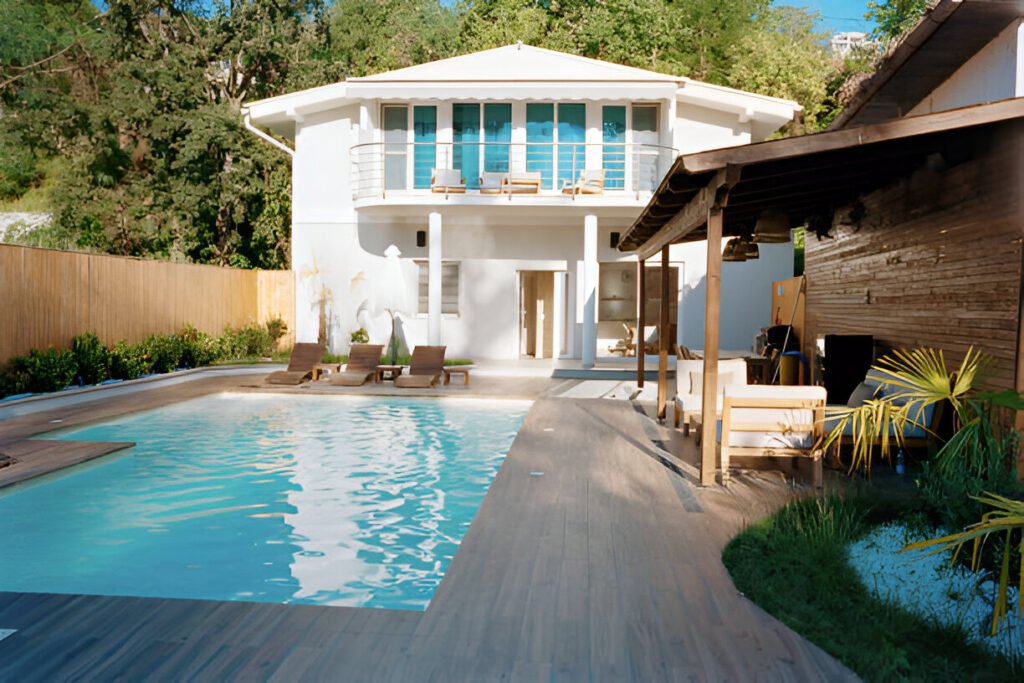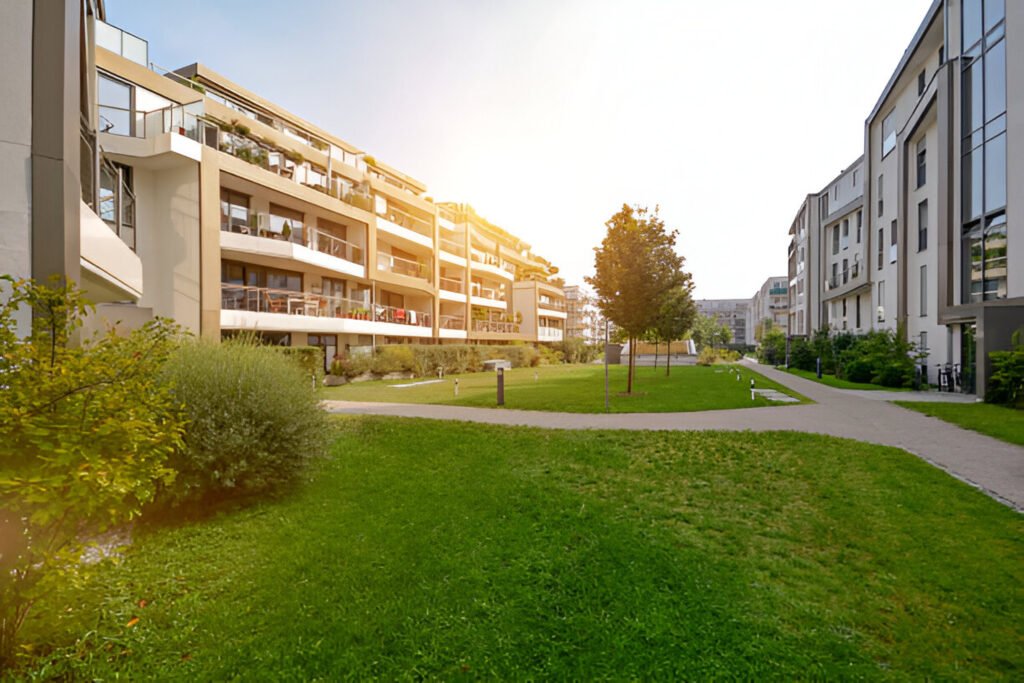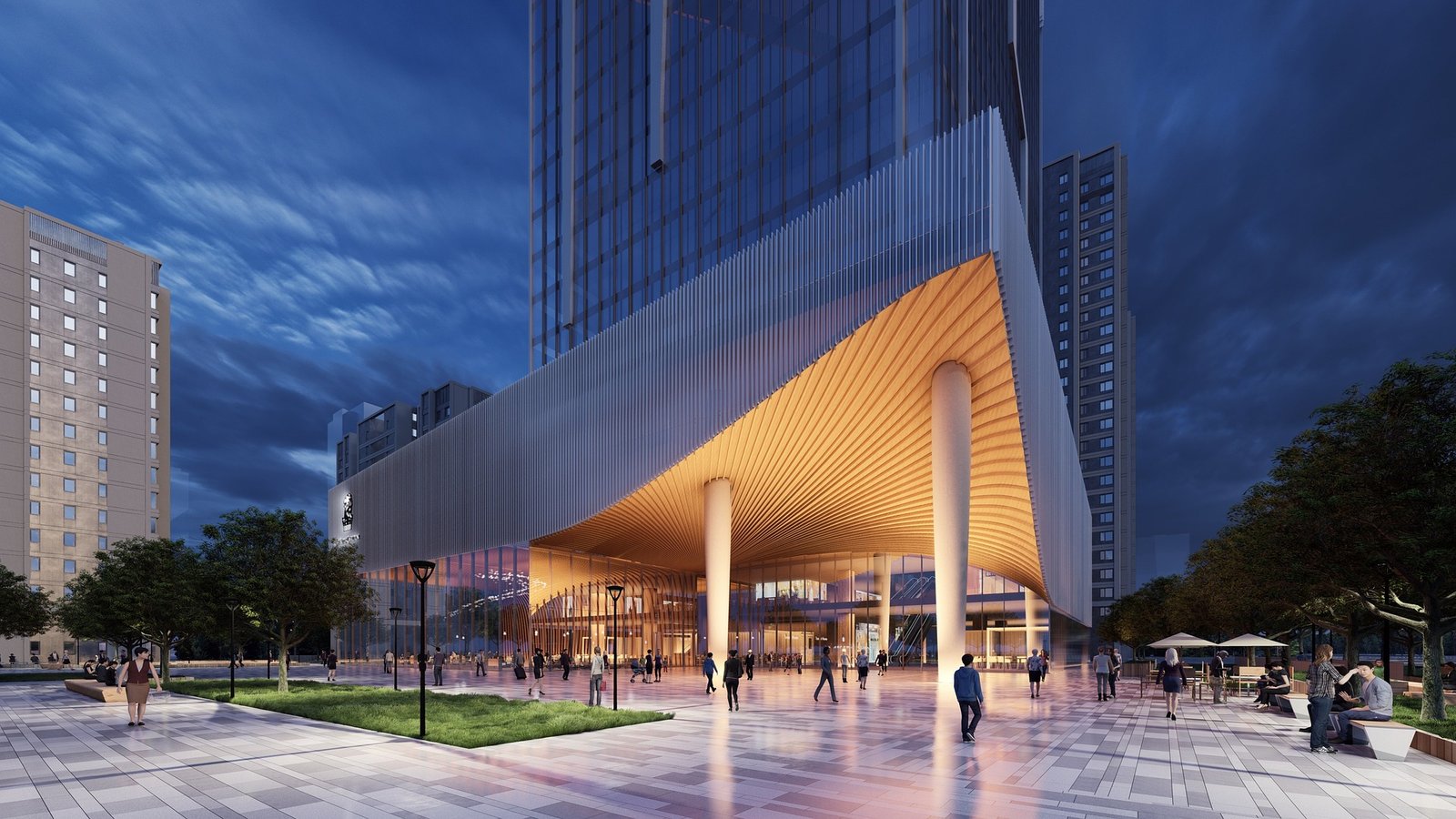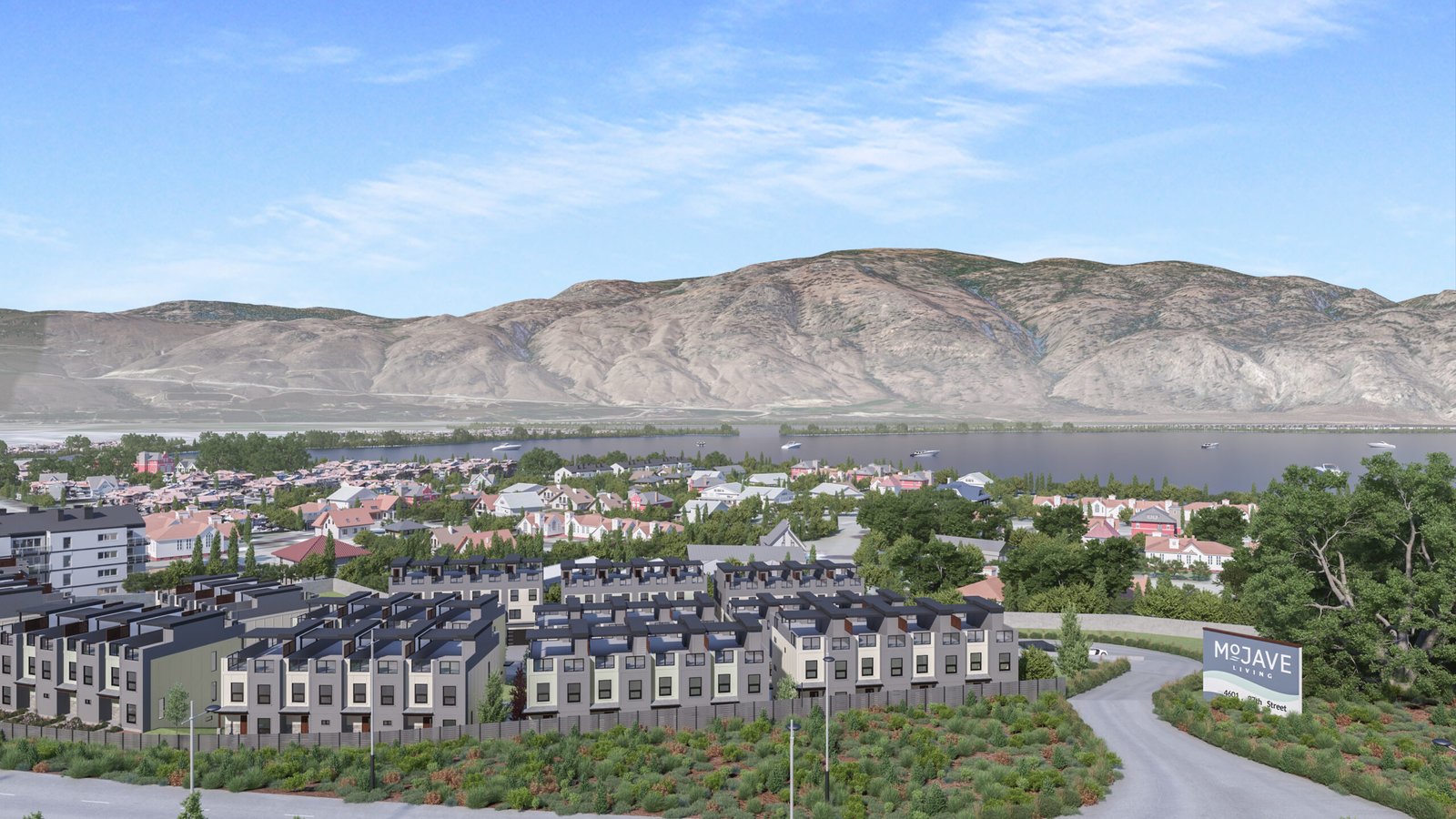In an increasingly digital world, the way we communicate architectural visions can make or break a project. Traditional blueprints and static images often fall short of capturing the dynamic interplay of design, light, and space that modern structures embody.
Enter 3D architectural animation! A revolutionary tool that transforms design presentations, boosts marketing efforts, and elevates investor confidence.
At Build3dRender, we are dedicated to bringing your projects to life through visually stunning, photorealistic animations that convey more than just a design; they tell a story.
In this comprehensive guide, we’ll explore everything you need to know about 3D architectural animation: its definition, benefits, process, key technologies, and future trends.
Whether you are an architect, real estate developer, or interior designer, read on to discover how 3D architectural animation can set your project apart in a competitive market.
From Static to Dynamic Visualization
Architectural visualization has evolved dramatically over the years. Static images and 2D renderings were once the standard, but they often left clients with a limited perspective.
Today, 3D architectural animation takes visualization a step further by offering dynamic, immersive experiences.
Imagine walking through a building before it is constructed—a complete virtual tour that highlights every design nuance from lighting changes throughout the day to realistic material finishes. This leap from static to dynamic significantly improves stakeholder understanding and engagement.
By transforming concepts into vibrant, moving images, 3D animation provides a clearer, more impactful representation of design intent. It not only helps in communicating ideas effectively but also plays a crucial role in accelerating approvals and securing investments.
What is 3D Architectural Animation?
3D architectural animation is the process of converting architectural designs into dynamic, lifelike video sequences. These animations combine 3D modeling, realistic texturing, lighting simulations, and camera movements to create immersive visualizations that mimic the real world.
They can be as short as a fly-through of an exterior or as detailed as an interactive exploration of interior spaces.
Key Components of 3D Architectural Animation
3D Modeling:
The foundation of any animation is a detailed 3D model, built using precise CAD data and modeling software. Every wall, window, and interior element is crafted to scale, ensuring accuracy.Texturing and Material Simulation:
High-resolution textures bring surfaces to life, whether it’s the sheen of polished marble or the subtle grain of wood. Photorealistic materials simulate the true appearance and feel of each element.Lighting and Environmental Effects:
Realistic lighting is crucial for setting the mood and demonstrating how a space works. Techniques like global illumination and HDRI (High Dynamic Range Imaging) help create natural light effects and accurate shadows.Camera Movements and Animations:
Smooth camera transitions and carefully planned animations allow viewers to experience the space from multiple perspectives, enhancing spatial awareness and emotional engagement.Post-Production Enhancements:
Final touches, including color grading and compositing, refine the animation to perfection, ensuring every detail aligns with the design vision.
The Benefits of 3D Architectural Animation
1. Enhanced Communication and Stakeholder Engagement
When dealing with complex architectural projects, visual communication is paramount. 3D architectural animation allows you to present a complete narrative of your design:
- Clearer Understanding:
Dynamic visuals provide clarity and detail, enabling clients and investors to see how a project will look and feel at different times of day and in various conditions. - Emotional Resonance:
Immersive animations evoke an emotional connection, making it easier for stakeholders to envision living in or working within the space. - Effective Presentations:
Whether in boardroom pitches or online portfolio showcases, animations are more engaging than static images, leading to quicker decisions and higher approval rates.
2. Accelerated Sales and Marketing
High-impact visual content is essential in today’s competitive market. 3D architectural animations can be a game changer for marketing:
- Social Media Appeal:
Stunning animations grab attention on social channels, driving engagement and sharing. - Website and Digital Presence:
Incorporating animations into your website can increase visitor time and conversion rates. - Client Attraction:
Realistic walkthroughs and flyovers provide prospective buyers a feel for the space, shortening sales cycles and boosting your overall ROI.
3. Cost and Time Efficiency
Investing in 3D architectural animation can lead to significant savings:
- Reduced Revision Costs:
Identifying design flaws early in the digital stage minimizes costly on-site corrections and rework during construction. - Faster Turnarounds:
Rapid iteration and virtual review sessions allow for quicker refinements, ensuring projects stay on schedule. - Outsourcing Benefits:
By leveraging services like Build3dRender, you avoid the overheads associated with maintaining an in-house animation team, thus converting fixed costs into scalable, project-based expenses.
4. Improved Design Accuracy and Coordination
Animations serve as a pre-construction proofing tool that helps in refining designs:
- Error Detection:
Visualizing a project in motion can reveal spatial conflicts, incorrect material applications, or lighting issues that might not be evident in 2D plans. - Interdisciplinary Collaboration:
Detailed animations provide a shared understanding among architects, engineers, and contractors, facilitating smoother coordination and reducing miscommunication. - Virtual Walkthroughs:
Stakeholders can explore and interact with the digital twin of a project, allowing for a collaborative feedback loop that captures design intent more accurately.
5. Competitive Advantage and Brand Differentiation
In a saturated market, standing out is crucial. 3D architectural animations can be the differentiator:
- Innovative Presentation:
By offering interactive and immersive experiences, you position your brand as innovative and forward-thinking. - Showcase Expertise:
High-quality animations demonstrate your commitment to excellence and technological proficiency. - Stronger Portfolio:
A robust collection of animations enhances your portfolio, making your firm more attractive to high-end clients and investors.
The Process Behind 3D Architectural Animation

Creating captivating 3D architectural animations involves several phases, each critical to achieving a high-quality finished product. Here’s an in-depth look at the process:
1. Concept Development and Storyboarding
Before any modeling begins, a clear concept and storyboard are developed. This phase includes:
- Understanding the Project:
Collaborating with clients to capture the project’s vision, objectives, and unique selling points. - Storyboarding:
Mapping out camera paths, transitions, and key scenes to ensure the animation tells a coherent and engaging story. - Defining the Mood and Tone:
Deciding on the lighting, color schemes, and ambiance that best reflect the design’s identity.
2. Detailed 3D Modeling
Using advanced CAD and 3D modeling software, the design is translated into a virtual model:
- Precision Modeling:
Every element of the design is modeled to scale, ensuring accuracy. - Complex Geometry:
Intricate details like custom fixtures, landscaping, and decorative features are captured to add depth and authenticity.
3. Texturing and Material Application
Realistic textures and materials are applied to breathe life into the model:
- High-Resolution Textures:
Utilizing high-quality images of materials such as wood, stone, and metal to achieve realism. - Material Properties:
Simulating how surfaces interact with light to accurately depict reflections, refractions, and surface imperfections.
4. Lighting and Environment Setup
Proper lighting can make or break a visualization. In this stage:
- Natural Light Simulation:
Techniques like global illumination and HDRI create natural, dynamic lighting conditions. - Artificial Lighting:
Interior and exterior light sources are strategically placed to highlight key features and create mood. - Environmental Effects:
Incorporating background environments, weather conditions, and time-of-day effects to enhance realism.
5. Rendering and Animation
The virtual scene is brought to life through sophisticated rendering processes:
- Animation Setup:
Defining camera movements, transitions, and focal points to ensure a seamless narrative flow. - Advanced Rendering Engines:
Utilizing tools like V-Ray, Lumion, or Unreal Engine for photorealistic output. - Frame-by-Frame Rendering:
Generating each frame with precision and then compiling them into a smooth, cohesive animation.
6. Post-Production and Final Touches
The raw animation is refined to perfection during post-production:
- Color Grading and Compositing:
Enhancing visuals to ensure consistency and artistic quality. - Sound and Music Integration:
Adding an ambient soundtrack or narration, if required, to elevate the overall experience. - Client Revisions:
Incorporating feedback and making adjustments until the final product perfectly aligns with the project vision.
Leveraging Technology: Innovative Tools and Techniques
The rapid evolution of rendering technology continually pushes the boundaries of what can be achieved with 3D architectural animation. At Build3dRender, we use an array of advanced technological solutions to ensure optimal results:
- State-of-the-Art Software:
Our workflow incorporates industry-leading tools such as 3ds Max, V-Ray, Lumion, and Unreal Engine to deliver extremely realistic results. - AI-Powered Enhancements:
Artificial intelligence streamlines the rendering process by optimizing textures, lighting, and environmental effects, reducing both time and costs. - Virtual and Augmented Reality Integration:
We are exploring VR and AR applications that can offer interactive and immersive experiences, enabling clients to step inside their design virtually. - Cloud-Based Collaboration:
Utilizing cloud platforms allows real-time collaboration, enabling stakeholders to review and provide feedback simultaneously from different locations.
Best Practices for Effective Architectural Animations
To get the most out of 3D architectural animation, follow these best practices:
- Define a Clear Narrative:
Ensure the animation tells a compelling story that clearly communicates the design’s vision. - Maintain Consistency:
Use a unified style and color palette to prevent distractions and maintain focus on the design. - Optimize for Different Platforms:
Tailor animations for various applications—whether for website presentations, investor pitches, or social media campaigns. - Incorporate Feedback:
Engage with clients and stakeholders throughout the process to ensure the final output meets expectations. - Benchmark and Test:
Continuously assess render quality and test different settings to balance quality with efficiency.
The Future of 3D Architectural Animation

The future holds exciting developments for 3D architectural animation. Advancements in real-time rendering, VR/AR, and AI will further enhance the quality and interactivity of animations.
Imagine a scenario where clients can virtually alter design elements on the fly during presentations or explore multiple design scenarios through immersive reality. These technologies will make the visualization process even more integral to project success, providing unprecedented flexibility and precision.
The Power of 3D Architectural Animation
3D architectural animation has become a transformative tool in the design and development process. By moving beyond static images and embracing dynamic, immersive visualizations, you can better communicate your vision, reduce risks, accelerate decision-making, and set your projects apart.
At Build3dRender, we’re committed to delivering photorealistic animations that not only impress but also drive tangible results in marketing, sales, and project execution.
Embrace the power of 3D architectural animation and let your designs leap off the screen—captivating audiences, inspiring confidence in investors, and paving the way for a future where your creative vision becomes reality.
Connect with Build3dRender today and discover how our innovative 3D animation services can transform your next project into a visual masterpiece that delivers impact every step of the way.
FREQUENTLY ASKED QUESTIONS
What is 3D architectural animation?
3D architectural animation is the process of creating dynamic, photorealistic video sequences from architectural designs, allowing clients to experience a virtual walkthrough of a project before it is built.
How does 3D architectural animation benefit my project?
It enhances communication, speeds up decision-making, boosts marketing impact, reduces construction risks, and improves client engagement by providing immersive, lifelike visualizations.
How long does a typical 3D architectural animation project take?
Timelines vary depending on project complexity, but from conceptualization to final delivery, projects typically range from several weeks to a couple of months.
Can 3D architectural animation improve sales and investor confidence?
Yes, engaging animations provide a compelling preview of the project, reducing perceived risk and fostering quicker decision-making among buyers and investors.
Is 3D architectural animation cost-effective compared to traditional rendering?
Absolutely! While the initial investment may be higher, the long-term benefits of faster approvals, reduced revisions, and enhanced marketing lead to significant cost savings and ROI.
How does Build3dRender ensure high-quality animations?
We combine expert craftsmanship with state-of-the-art software and AI enhancements, maintaining strict quality control throughout our streamlined process to deliver photorealistic, engaging animations.
What future trends are shaping 3D architectural animation?
Future developments include real-time rendering, deeper VR/AR integration, AI-driven optimizations, and cloud-based collaborative platforms, all aimed at making animations even more interactive and precise.



